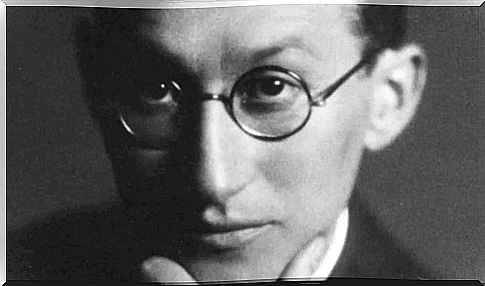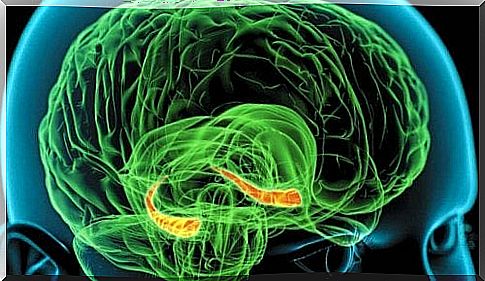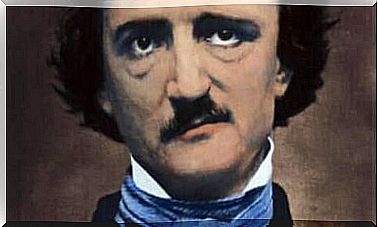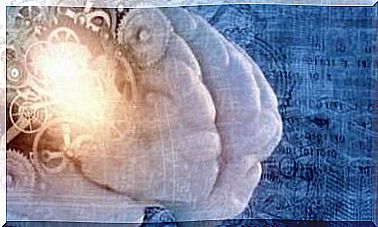Kurt Lewin’s Field Theory

Many years ago, before there was a branch of psychology called social psychology, behaviors were understood as mere reactions. Behaviorism was the theory in vogue, and scientists used its assumptions to try to explain behavior. When someone hits us, we react by protecting ourselves to deflect the attack or to prevent a subsequent one. Thus, within this paradigm, stimuli and associations were what behavior was modeled on.
However, this stimulus-response relationship was too simple. Behaviorism left aside human knowledge, thoughts. He did not consider the fact that behaviors are the result of an interaction between people and the environment (Caparrós, 1977). Kurt Lewin realized this. This psychologist formulated various theories, including the field theory, with an emphasis on the interactions of groups with the environment. Thanks to his studies he is considered one of the fathers of social psychology.
The life of Kurt Lewin
Kurt Lewin was born in Prussia, now known as Poland. Later, his family moved to Germany, where Kurt studied medicine and biology, although he ended up becoming more interested in psychology and philosophy. From Germany, Kurt was sent to fight in World War I and was wounded here. Upon his return he began working at the Berlin Institute of Psychology. With the Nazi uprising, Kurt decided to leave Germany and settled in the United States, where he taught at several universities.
Kurt had been in contact with ideologies close to socialism, Marxism and the struggle for women’s rights. These ideas led him to a conclusion: psychology can help change society by making it more egalitarian. He therefore devoted his efforts to trying to identify and understand which factors influence our behavior.

To examine human behavior, Kurt Lewin sought inspiration in theories that derived from relativity and quantum physics (Diaz Guerrero, 1972). He discovered a theory he could use, the field theory. To integrate it into psychology, he chose to study behaviors without isolating them from their natural context.
He concentrated on studying the groups. His studies set the precedent for what would become social psychology and organizational psychology. His experiments focused on group psychology, organizational change dynamics and leadership.
The field theory
Inspired by the field theory of physics, Kurt Lewin established two basic conditions for field theory in psychology. The first is that behavior must be deduced from a set of coexisting facts (Fernandez, 1993). The second says that those coexisting facts have the character of a “dynamic field”, the state of each part of the field depends on all the others.
A field, in physics, is a region of space in which there are properties represented by physical quantities (temperatures, forces, etc.). Lewin used the physical concept of “force field” (Lewin, 1988) in his field theory to explain the environmental factors that influence human behavior.
The behavior, in his opinion, does not depend on the past or even on the future, but on current facts and events and on how the subject perceives them. Facts are interconnected and form a dynamic force field that can be called living space.
The vital space, or psychological field of force, would become the environment that includes the person and his perception of the proximate reality. It is ultimately a subjective space that reflects the way we look at the world with our aspirations, possibilities, fears, experiences and expectations. Furthermore, this area has some limits, established above all by the physical and social characteristics of the environment.

Kurt Lewin’s field theory approach allows us to study our behavior from a wholeness perspective, without stopping on an analysis of the parts separately. The influence of the psychological field on behavior is such that Lewin believes it is able to determine it: if there is no change in the field, there will be no change in behavior.
For Lewin, psychology should not focus on the study of the person and the environment as if they were two parts to be analyzed separately, but must see how they affect each other in real time.
Relevant variables
As in a force field, all parties influence each other. To understand our behavior, we must take into account all the variables that are acting on it in real time, both individually and collectively. These elements cannot be analyzed in isolation, but one must focus on studying their interactions in order to have a holistic view of what is happening. To explain this, Lewin (1988) introduced three variables considered fundamental. These variables are as follows:
- Strength : Strength is the cause of actions, motivation. When there is a need, a force or force field is produced, which leads to the realization of an activity. These activities have a value that can be positive or negative. In turn, the valence of activities directs forces towards other activities (positive) or against them (negative). The resulting behavior responds to the psychological mix of different forces.
- Tension : Tension is the difference between the set goals and the current state of the person. The tension is internal and pushes us to carry out an intent.
- Necessity : gives rise to motivating tensions. When there is a physical or psychological need in the individual, an inner state of tension awakens. This state of tension causes the system, in this case the person, to alter to try to restore the initial state and satisfy the need.
Lewin says that field theory determines possible and impossible behaviors based on the subject. Knowledge of living space allows us to reasonably predict what a person will do. All behaviors, or at least all intentional behaviors, are motivated: they trigger tensions, their forces move them, their values direct them, and they have a goal.

The motivations
Kurt Lewin states that our actions can be explained starting from a fact: we perceive specific paths and means to release some tensions. We are drawn to those activities that we see as a means of releasing tension. For Kurt, these activities would have a positive value and, therefore, we would experience a force that pushes us to carry them out. Other activities would have the opposite effect: they would increase the tension and, therefore, have a repulsive effect.
To better understand this fact, we see a need common to all: the need for recognition. When we feel this need, a motivation will awaken in us to gain recognition in any field. This motivation will have a positive value that will lead us to act in order to obtain recognition.
A tension will develop between the current situation and the need for recognition. All this will lead us to think about possible actions to obtain recognition and, depending on the field in which we want to be recognized, we will carry out the action that we believe gives us the possibility of obtaining such recognition.









